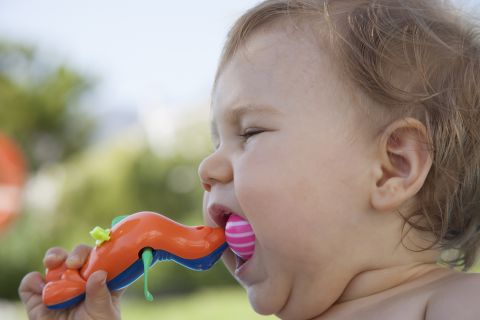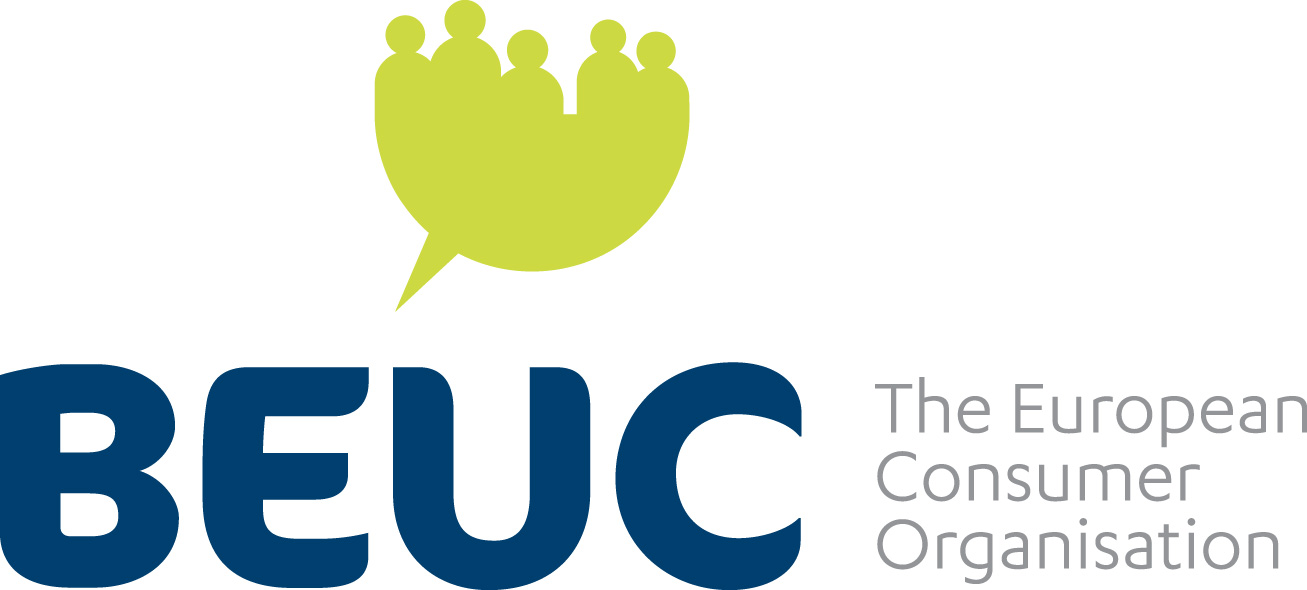Worrying number of dangerous products reaching consumers highlights need for greater action by authorities
About this publication
According to new statistics, 2,117 notifications were made to Safety Gate – the EU’s rapid alert system for dangerous non-food products – in 2022. This is similar to the 2,142 notifications of the year before. The notifications only represent the tip of the iceberg, as the precise number of products linked to a notification is unknown.
Consumer organisations note that 23% of notifications concerned toys, while 35% of notifications involved chemical risks. Upcoming reforms of EU toy safety and chemicals legislation are therefore crucial [1]. In addition to these notifications, consumer organisations regularly conduct their own checks. To tackle the high number of unsafe products, authorities need to be alert and act fast. EU legislation also needs to be enforced and beefed up to tackle imports from non-EU markets [2] [3].
Monique Goyens, Director General at The European Consumer Organisation (BEUC), commented:
“Today’s high number of unsafe products shows how important it is that the European Parliament approves a new product safety law later this month. This will give more powers to authorities to weed out rogue traders, by for instance doing online mystery shopping. We also call on the EU to improve cooperation between the many authorities involved in product safety, including market surveillance and customs, and to cooperate with third countries on global challenges such as the boom in e-commerce imports.”
Stephen Russell, Director General of The European Consumer Voice in Standardisation (ANEC), said:
“No less than 23% of notifications across the EU concerned toys, the most notified category. This compares with 20% in 2021. The EU is justifiably proud of its toy safety legislation which is among the toughest in world, and the forthcoming Toy Safety Regulation will raise the bar higher on the inclusion of certain chemicals. Unfortunately, although most toy manufacturers are trustworthy, far too many toys are placed on the market that are non-compliant and even dangerous. We must work further to stop their sale.”
Background
[1] This spring, the EU is expected to reform its toy safety legislation which sets sectoral requirements for toys in addition to the EU’s overall product safety law. Consumer organisations urge the EU to better protect children against harmful chemicals and other risks.
[2] On March 30, the EU is expected to conclude a revamp of its product safety legislation. In its present form, the new law would tick many consumer protection boxes. For instance, the assessment of what is a ‘safe’ product would have to consider cybersecurity.
[3] This spring, the EU is expected to reform its customs policy in order to tackle the surge of e-commerce parcels. This is expected to include more cooperation between authorities.
[4] Consumer organisations have long called for more cooperation on product safety between regulators in the EU and elsewhere in the world. As part of the Transatlantic Consumer Dialogue, we have provided recommendations to EU and US policymakers about possible actions, such as data sharing on dangerous products. A cooperation between the European Commission and the US Consumer Product Safety Commission was set up in 2022.
Download:


